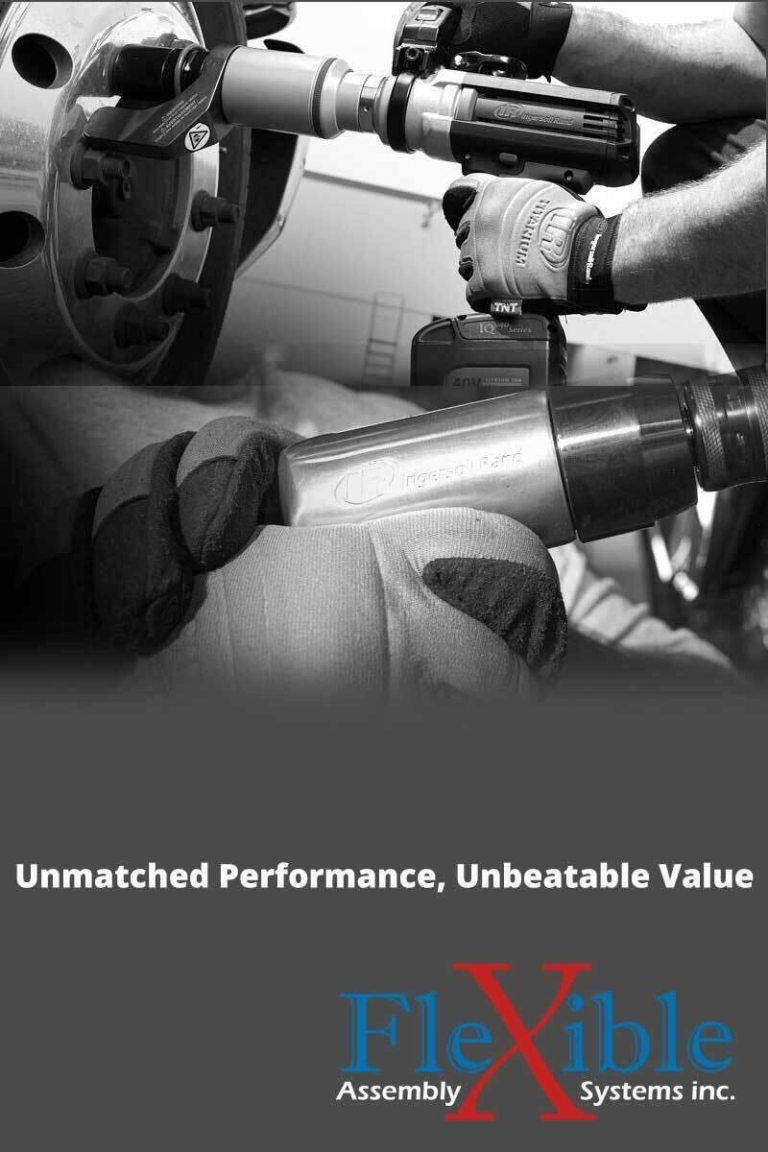How to Select the Best PCB Manufacturer

Printed circuit boards (PCBs) are the foundation of today’s advanced electronic systems, connecting and supporting countless components inside devices we rely on daily. Whether it’s telecommunications, robotics, or medical equipment, PCBs are vital to performance and reliability. To achieve consistent results, manufacturers need quality materials and proven expertise. For instance, PCB pins play a critical role in ensuring stable connections and signal integrity across applications. Choosing the right PCB partner means securing the backbone of your entire electronic product.
What Is PCB Fabrication and Assembly?
The journey of creating a PCB involves two main steps: fabrication and assembly.
Fabrication – The process of designing and manufacturing the bare board. It includes layering copper on a substrate, etching circuits, drilling vias, and applying surface finishes.
Assembly (PCBA) – The stage where electronic components like resistors, capacitors, and integrated circuits are soldered onto the fabricated board using SMT (Surface-Mount Technology) or through-hole mounting.
Both steps must be executed with precision, as errors in fabrication or assembly can lead to costly rework, unstable performance, or product failures.
Advanced PCB Solutions
As industries demand smaller, faster, and more reliable devices, advanced PCB solutions are playing a bigger role:
Rigid-Flex PCBs
These combine rigid layers with flexible circuitry, reducing connectors and cables while saving space and weight. They are common in wearable technology, aerospace instruments, and robotics, where compactness and flexibility are crucial.
High-Frequency PCBs
Designed for applications above 1GHz, high-frequency boards are used in radar systems, 5G equipment, and high-speed communication devices. They use specialized materials that reduce dielectric loss, ensuring signal clarity and stability.
Multilayer PCBs
Modern electronics often rely on boards with 8, 12, or even more layers to handle complex circuitry. Multilayer designs enhance functionality, minimize interference, and allow for higher-density component placement.
Industry Applications of Advanced PCBs
PCBs are everywhere, powering innovations across multiple industries:
Telecommunications: High-frequency PCBs enable 5G networks, satellites, and data transmission systems.
Robotics: Compact rigid-flex PCBs power robotic sensors, control modules, and AI-driven automation systems.
Medical Devices: From imaging equipment to implantable devices, reliable PCBs ensure patient safety.
Automotive: Advanced driver-assistance systems (ADAS) and electric vehicles rely on durable, heat-resistant PCBs.
Aerospace: Lightweight, high-reliability PCBs withstand extreme conditions in navigation and communication systems.
Key Challenges in PCB Manufacturing
Even with advanced technology, PCB manufacturing faces challenges such as
Miniaturization: As devices shrink, boards must fit more circuits into less space.
Thermal Management: High-performance electronics generate heat that requires innovative cooling solutions.
Signal Integrity: High-speed applications demand precise design to avoid interference.
Material Selection: Choosing the right substrate affects durability, performance, and cost.
How to Choose the Right PCB Manufacturer
Selecting the right partner can determine the success of your electronic product. Here are some key factors to consider:
Technical Expertise – Look for manufacturers skilled in advanced PCB types such as rigid-flex and high-frequency boards.
Certifications – Compliance with ISO and RoHS ensures quality and environmental responsibility.
Scalability – The ability to produce both small prototypes and large-scale runs is critical.
Engineering Support – A good manufacturer provides design reviews and technical guidance to avoid costly mistakes.
Global Reach – A manufacturer with international clients often has broader experience across industries.
The Future of PCB Technology
Emerging trends are shaping the next generation of PCBs:
IoT Integration: Small, energy-efficient boards for smart devices.
Wearable Electronics: Flexible PCBs for fitness trackers and medical wearables.
AI Applications: High-performance boards to support intelligent devices.
Eco-Friendly Manufacturing: Sustainable materials and processes to reduce environmental impact,
Conclusion
PCBs are the unsung heroes behind nearly every technological advancement. From rigid-flex designs that improve robotics to high-frequency boards driving 5G connectivity, advanced PCB solutions are enabling innovation across industries. For companies seeking reliability, expertise, and cutting-edge solutions, globalwellpcba.com offers the technical foundation to bring complex electronic designs to life.





